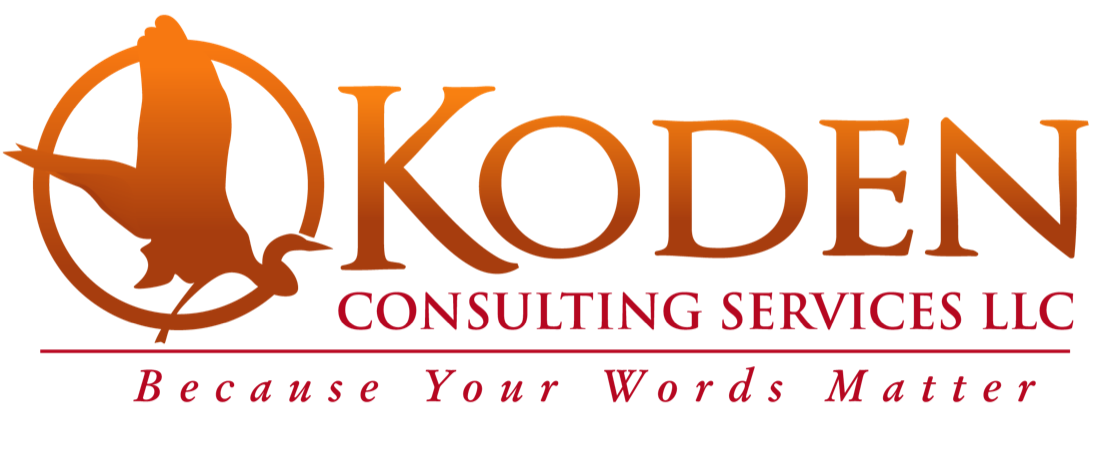A Better Way To Address Workplace Harassment and Bullying
Workplace abuse can take many forms and is often both subtle and overt. Bullying, toxic leadership, sexual harassment, sabotage, unsafe conditions, shaming and habitual rage outbursts all come under the heading of workplace abuse and are often expressed in constellation. Chronic maltreatment of stakeholders can be insidious and overtime, crippling to an organization. Studying organizations that have suffered an active shooting event often reveals the presence of chronic bullying experienced or witnessed by the shooter. Violence, poor productivity, burn out, absenteeism and lousy retention rates are common and expensive outcomes from abuse infected environments.
Understanding how and why this happens and identifying what in your work environment would allow an abuser to feel safe perpetrating this behavior, offers the best chance to stopping and preventing it in the future.
What’s the biggest mistake organizations make tackling workplace abuse? Only focusing attention on prevention and not repairing the damage already done.
Damage from abuse does not repair itself and just getting rid of the abuser will do nothing to reverse the trust gap and lack of psychological safety this kind of behavior creates.
Without repair, the legacy of abusive behavior gets installed as a permanent fixture within organizations, continuing to cause harm for years. Why? Because stakeholders unconsciously cultivate maladaptive coping behaviors and communication patterns that become ingrained within teams, interpersonal relationships and the creation of rigid silos. Intentional work focused on helping stakeholders identify and change those behaviors is critical. But its success is dependent on simultaneously addressing the trust gap and core cultural issues that allowed abuse in the first place. Workplace abuse is an interconnected organizational issue that does not respond to ‘cherrypicking’ efforts that fail to incorporate the whole.
Adopting a 3-pronged approach that focuses on ending, repairing and preventing damage caused by abuse is essential for retaining talent and preserving the brand and reputation of your business. Complete buy-in, meaning full participation by senior leadership down through the ranks of management is a non-negotiable element of rooting out and resolving this issue in an organization.
Still not convinced? For the last 30 years, companies have conducted cookie-cutter sexual harassment prevention training with dismal outcomes and no actual data showing that it works. That’s a lot of resource dollars for such lousy ROI! Studies report North American businesses average 2.5 times more workplace bullying than Scandinavian or European countries. Being the target or by-stander of workplace abuse can be traumatizing and is a key driver of burnout and work-related stress that is a $300 Billion a year problem for U.S. companies.
Women in particular have been composing and communicating internal ‘creep lists’ on the ‘QT’ for years as a way of protecting themselves and others. Is there a list like that in your organization? No?…how do you know?
If nothing else, the #MeToo movement has demonstrated that eventually dirty laundry gets aired. Companies who failed to listen and take timely, sufficient action suffer ruinous damage to their brand. Unchecked workplace abuse has been a career killer for those once thought to be invincible, as well as those who enabled them.
A failure to acknowledge and repair the legacy of workplace abuse sends a message to stakeholders that the damage done is acceptable and company values mean nothing.
Abuse, in its many forms, is ultimately about the culture of a company that those in charge create, who often knowingly allow mistreatment as a ‘necessary tradeoff’ for the abuser’s contribution to the bottom line. In other words, it’s about the values being lived out…or not, within the organization. All of which become drivers to an unhealthy work environment that can’t get out of its own way.
Is it any wonder that people are resigning and ‘quiet quitting’ in droves? The dynamics of the employer/employee relationship has forever changed and worries of an impending recession or layoffs won’t reverse that. In both white and blue collar industries, employees are making it clear they are no longer willing to quietly tolerate workplace abuse, in whatever form it takes, as a necessary condition for making a living.
What does this mean for companies competing to recruit new talent where current and former employees openly express their experiences with workplace abuse on social media and at networking events in your industry? Ask your HR people…it’s what keeps them up at night.
Changing your work environment to being ‘inhospitable’ and ‘allergic’ to abusive behavior, no matter who the abuser is, empowers stakeholders at all levels to trust and be in alignment with the values the organization espouses. It just might help improve your retention rates, productivity and recruitment efforts as well…because who wants to recommend a company or work in an environment where abuse is tolerated and allowed?

